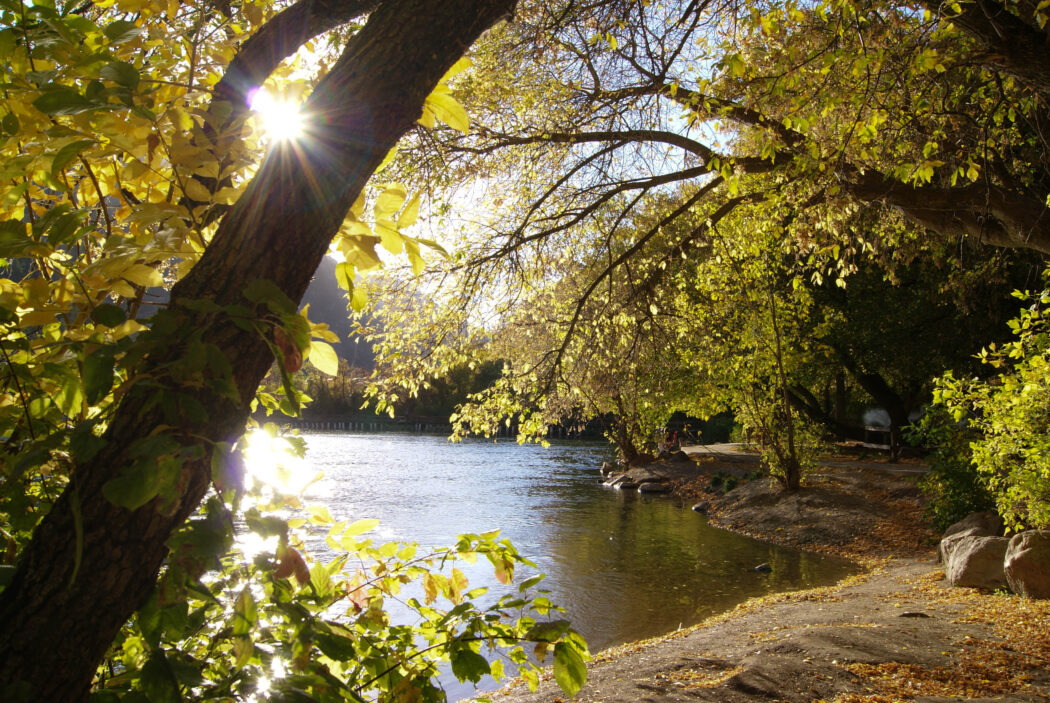The gateway to Utahs’ public lands
Utah is home to many diverse and natural landscapes. Its unique geography lends itself to the Wasatch Range, Moab’s iconic red rock, Zion National Park, the Great Salt Lake and more. These places are on Utah’s public land, managed by local, state and federal government agencies.
Surrounding the public lands, western gateway communities or small cities and towns reside outside of abundant natural amenities such as ski areas, rivers and national parks.
In 2020, the Journal of the American Planning Association published a journal on the current planning and development challenges facing western gateway communities, defining a gateway community as a census-designated place of 150 to 20,000, located within 10 miles from the boundary of a national park, national monument, national forest, state park or any major river or lake and at least 15 miles away from any urbanized area by road.
Gateway communities are crucial to the growth and sustainment of Utah’s outdoors. Local public land managers such as park rangers or forest firefighters need to live in these gateway communities to study and conduct research, to work on public lands and to protect them.
Gateway communities also play a vital role in many people’s trips when they are traveling throughout Utah. Hotels, restaurants and shops support the economy of these communities, but this simultaneously makes it harder for residents to diversify from tourism. Gateway communities are also home to first-responders who aid visitors.
In turn of growing popularity of Utah’s outdoor recreation life, gateway communities have been introduced to big-city problems including severe congestion, lack of affordable workforce housing and urban sprawl.
These issues contribute to mounting pressures on people and the surrounding land.
Urban sprawl and climate change are issues affecting Utah more generally. As communities and infrastructure grow, all types of pollution are exacerbated.
Elizabeth Sodja serves as the program coordinator of the Gateway & Natural Amenity Region Initiative at Utah State University.
“The future of gateway communities in Utah is in flux right now,” Sodja wrote in an email to The Utah Statesman.
The GNAR Initiative is supported by the USU Institute of Outdoor Recreation and Tourism, the USU Department of Landscape Architecture and Environmental Planning Extension and the Wallace Stegner Center for Lan, Resources & the Environment at the University of Utah.
In collaboration, the universities fund research programs to learn how to best support gateway communities and what their futures looks like.
“I think it depends a lot on how much the community members in the communities today do to try and protect what makes their communities special. There is a lot of pressure on these places,” Sodja wrote.
Updating town plans and legal documents is one way to help residents know their rights and understand avenues to protect things they care about within their communities.
People who don’t reside in gateway communities bear the responsibility of taking care of lands as they pass through to fuel up or eat and are encouraged to frequent and support small and locally-owned businesses.
“Treating them like normal places where people live, not just extensions on vacation,” Sodja wrote. “Gateway communities are critical to Utah’s outdoors on several fronts. They help facilitators of outdoor experiences. As outdoor recreation grows in popularity, so do the pressures on these communities. While some don’t have much private land around them, for those that do have private open space like farms and ranches, there is a lot of pressure to grow and expand which also puts pressure on local wildlife habitat.”
Remote work and technology has grown to be a particularly useful tool in gateway communities. The question of how communities will adapt to incoming changes and influxes of people is unclear, but technology plays a role in protecting Utah’s outdoors and helping gateway communities thrive.
“Our entire structure is based around connecting communities around the west digitally,” Sodja wrote. “Technology is very important to us. Remote working has also been a big game changer in these places as new people can live year-round in them now, not just people involved in the industry.”
Technology is rapidly penetrating most fields of study and industries, but people involved in environmental and outdoor recreation may see technology transform their fields in the most important ways.
Ryan Berke is an associate professor in mechanical and aerospace engineering at USU.
“All research starts out with a steep learning curve as you catch yourself up on the current state-of-the-art,” Berke said. “Even as you catch yourself up in one niche area, you’re constantly playing catch-up as you broaden yourself into neighboring fields.”
According to Berke, one of the biggest technological advancements he’s seen is the rise of 3D printing and simulation techniques, allowing people to scale massive problems.
“The biggest advances have been the rise of simulation techniques and high performance computing,” Berke said. “You can solve new problems that are too difficult or dangerous to measure experimentally and too complex to solve analytically.”

